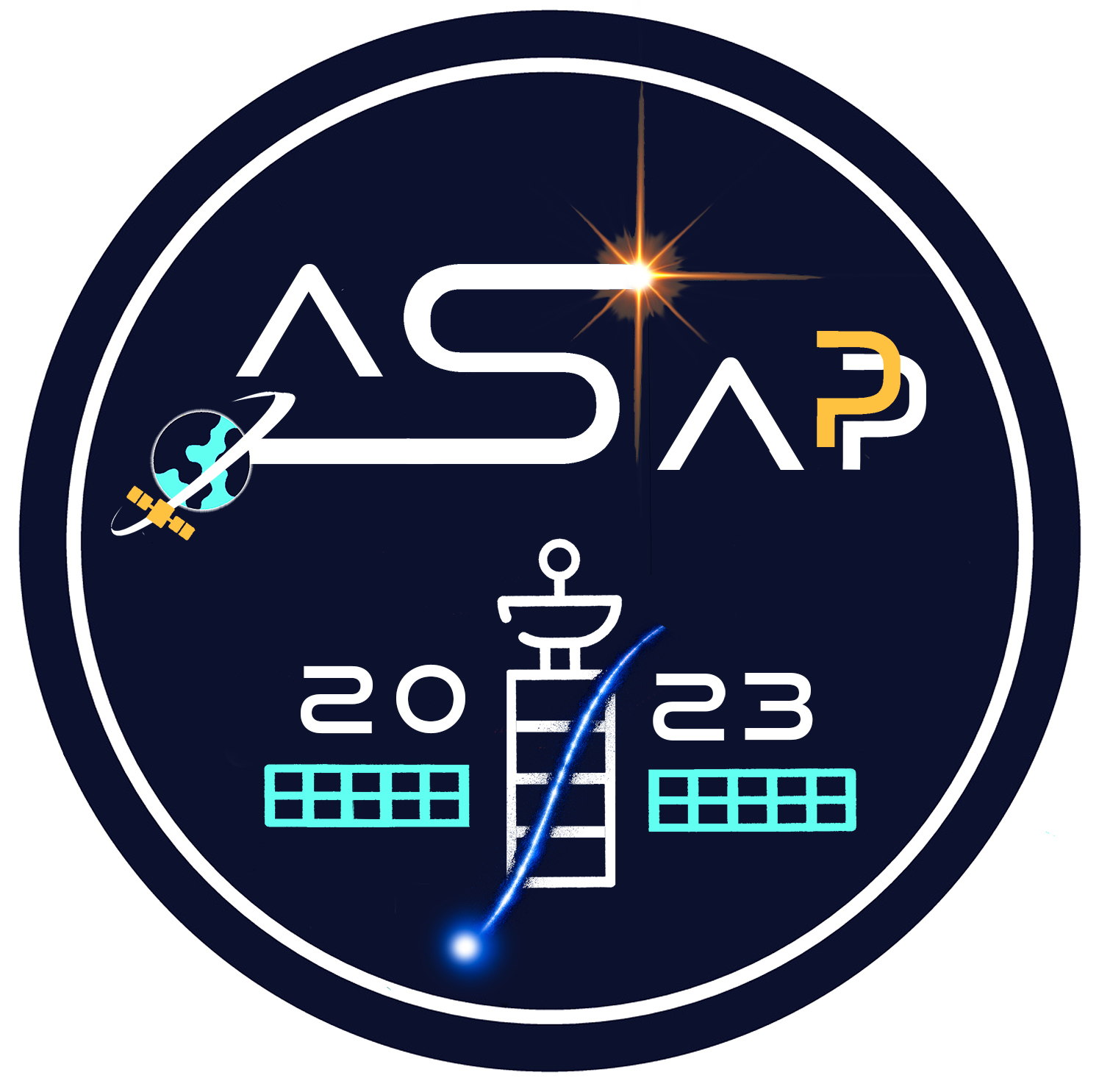Speaker
Description
High sensitivity Multi-Pixel Photon Counter (MPPC) is suitable device for direct detection in near ultraviolet (NUV) or vacuum ultraviolet (VUV). We propose NUV sensitivity enhanced MPPCs for scintillation or Cherenkov light detection.
Furthermore, we developed MPPCs array with high NUV sensitivity using through silicon via technology (TSV) to maximize the sensitive region. VUV sensitivity enhanced MPPCs are one promising candidate for particle physics experiments that uses the noble liquid gas (Xenon, Argon) as scintillating medium.
Indirect conversion type XPC detector that combines a scintillator and Multi-Pixel Photon Counter (MPPC) has excellent characteristics in terms of high inter-channel separation , high stopping power, and low drive voltage – all merit factor in applications fields such as medical imaging, in-line inspection, infrastructure inspection and cargo inspection.
Indirect conversion XPC detectors typically have the problem of low maximum count rate because of the scintillator’s decay time. To address this problem, we developed an XPC module using a high luminescence and short decay time scintillator and an MPPC.
The qCMOS (quantitative CMOS) is a CMOS image sensor that has the ability to detect and identify the number of both single and multiple photoelectrons. Orca quest is the world’s first camera to incorporate qCMOS image sensor and able to resolve the number of photoelectrons using a newly developed dedicated technology. The four keys features that enable Orca Quest to achieve quantitative imaging are extreme low noise performances, realization of photon number resolving (PNR) output, back illuminated structure and high resolution, realization of a large number of pixels and high speed readout.
| Eligibility for "Best presentation for young researcher" prize | No |
|---|
